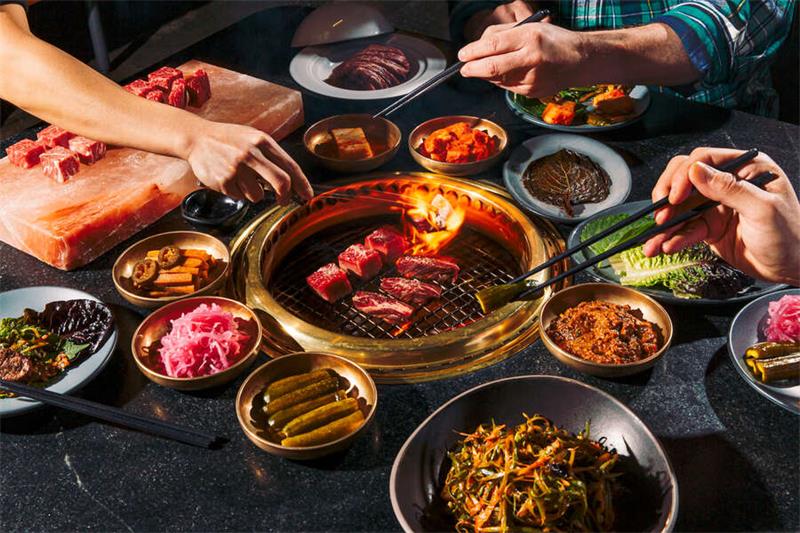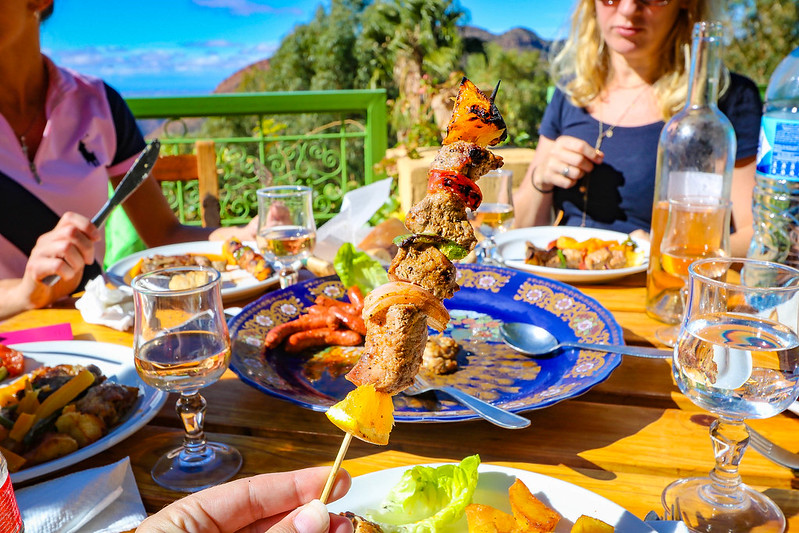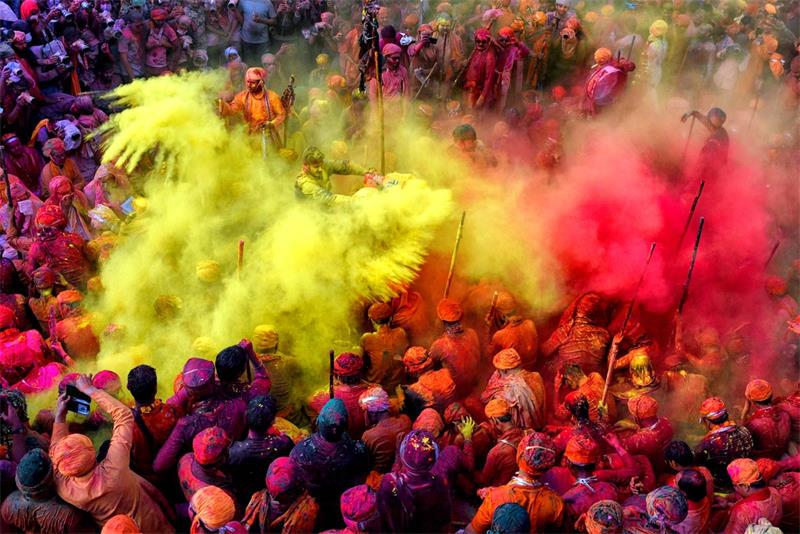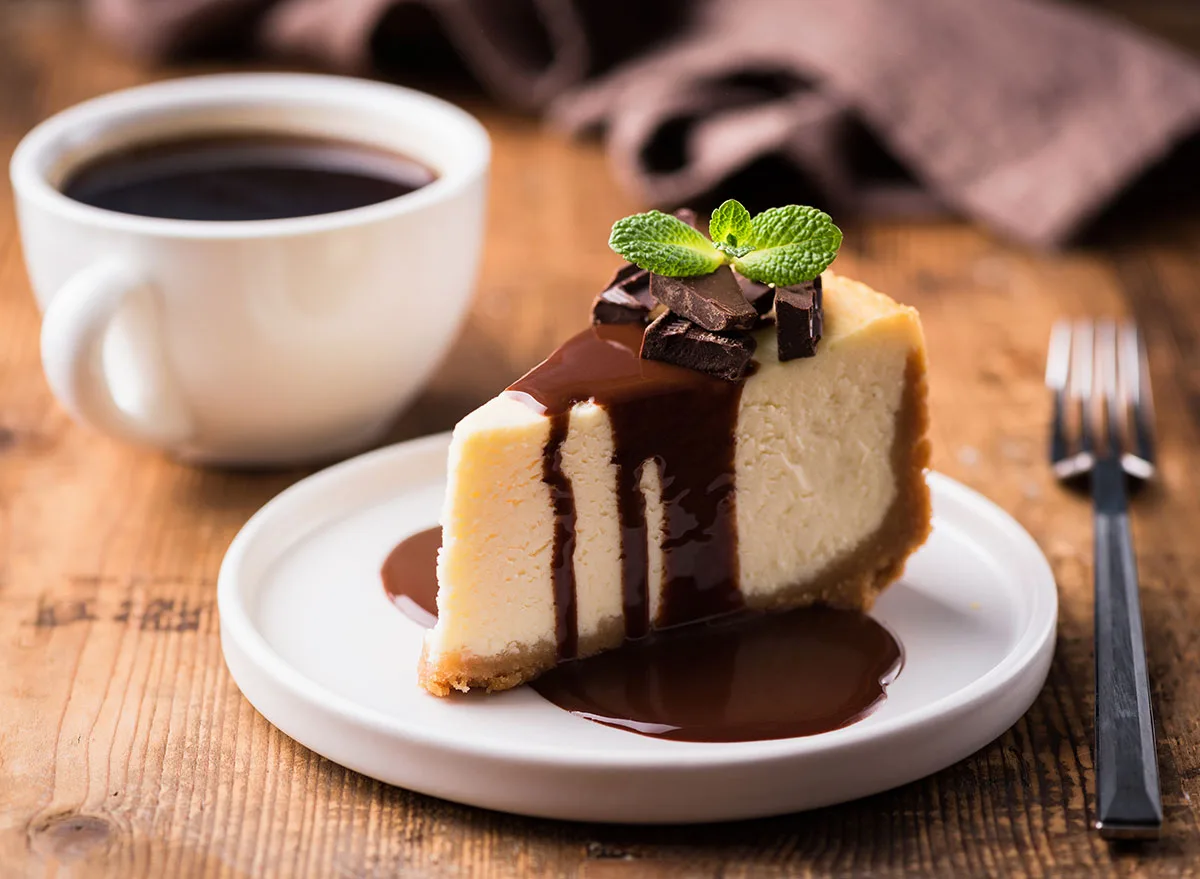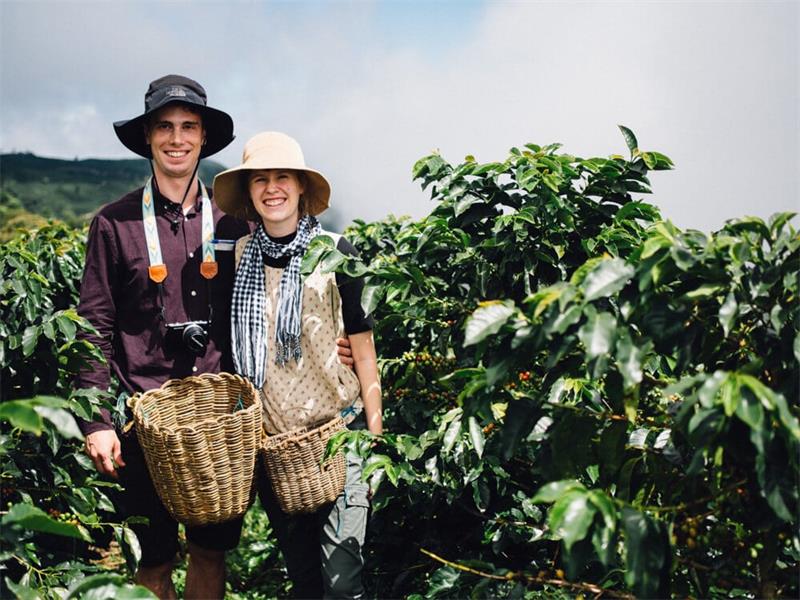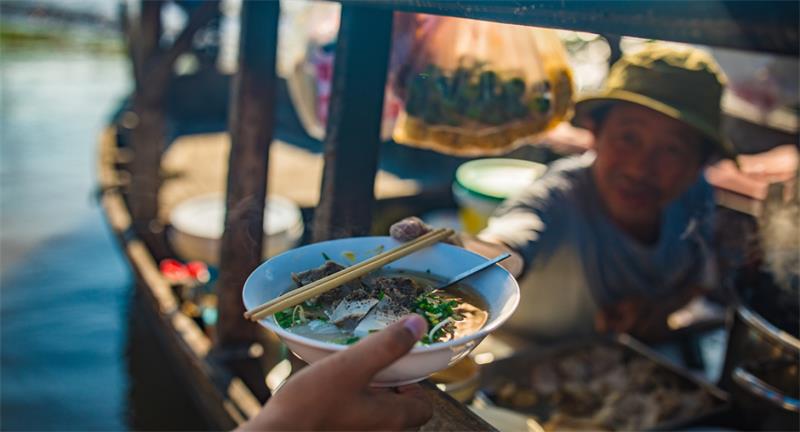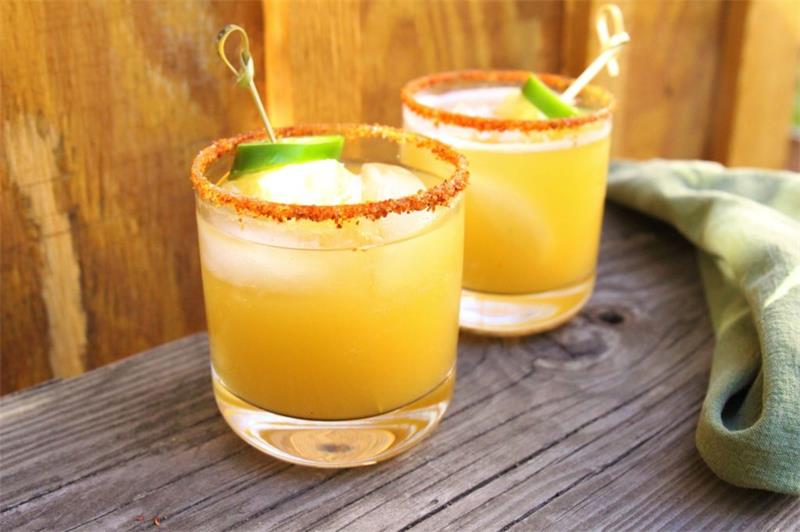Contents
Introduction
Korean barbecue or Gogigui is a style of grilling meat that originates from Korea. It has become a worldwide phenomenon, known for its unique and bold flavors, and has gained popularity among food enthusiasts globally. In the past decade, Korean BBQ restaurants have been popping up all around the world, from New York to London, and even in Seoul itself.
The combination of sizzling meat and the aroma of charcoal grill immediately captures the senses – making it an unforgettable experience. The traditional Korean BBQ dining experience is more than just about savoring delicious food; it’s about immersing yourself in Korean culture and creating memories that will last a lifetime.
Brief Overview of Korean BBQ and Its Popularity Worldwide
Korean BBQ evolved from ancient grilling techniques used by nomadic tribes in Central Asia, which were later introduced to Korea during the Mongol invasions at the end of the 13th century. Over time, this simple way of cooking became an integral part of Korean culture.
Today, with its growing popularity worldwide, Korean BBQ has become more diverse in terms of ingredients and cooking styles. From thinly sliced beef (bulgogi) to marinated pork belly (samgyeopsal), there are a variety of cuts to choose from when grilling your meal.
In recent years, social media platforms have helped put Korean BBQ on the map even more as people share their experiences online through pictures and videos. Its unique method of communal dining has also contributed to its popularity as it encourages socialization while enjoying delicious food.
Importance Of Experiencing Traditional Korean BBQ
Traditional Korean BBQ is not just about eating; it’s an essential part of Korea’s cultural heritage that should be experienced at least once if you’re traveling to or living in Korea. This dining experience offers insights into how Koreans value relationships and community, as well as how they prepare and enjoy their food.
In Korea, dining is often a communal experience where friends, colleagues or family members gather around the table to share food and conversation. Traditional Korean BBQ follows this tradition by serving food in a way that encourages sharing and socializing among diners.
Moreover, Korean BBQ diners often cook their own meat on small grills placed at the center of the table. This interactive method of cooking promotes a fun and unique experience that can be enjoyed by everyone regardless of age or background.
Preparing for the Experience
Choosing a Reputable Korean BBQ Restaurant
One of the most important aspects of enjoying a traditional Korean BBQ is choosing a reputable restaurant. A good Korean BBQ restaurant will offer high-quality cuts of meat, fresh ingredients, and authentic recipes that are true to the cultural roots of Korea.
Researching different restaurants beforehand can help you identify those that are known for their quality food, attentive service, and positive reviews. When choosing a Korean BBQ restaurant, consider factors such as location, price range, atmosphere, and menu options.
Some restaurants offer all-you-can-eat options while others allow for a la carte ordering. It’s also important to check if the restaurant provides grills at each table or if there’s only one shared grill.
Some popular Korean BBQ chains include Gen Korean BBQ House and Kang Ho Dong Baekjeong. However, there are many smaller family-owned restaurants that offer an equally authentic experience.
Understanding the Different Cuts of Meat and Their Preparation Methods
Korean BBQ typically features various cuts of beef, pork, and chicken that are marinated in special sauces or seasonings before being grilled at the table. Each cut has its own unique flavor profile and cooking method.
For example, bulgogi is thinly sliced beef marinated in soy sauce, sugar and spices while galbi is marbled beef ribs with bones attached to it. Dak-galbi refers to spiced chicken cooked with vegetables on a hot plate instead of on a grill.
It’s important to have an idea about what types of meat you want to try before arriving at the restaurant. This can ensure that you order selections that appeal to your taste preferences as well as provide opportunities for trying new things.
Dressing Appropriately for the Occasion
While dress codes vary depending on the specific establishment you choose to visit, it’s generally recommended to dress comfortably for a Korean BBQ experience. This often means wearing loose-fitting clothing that allows for movement and is easy to clean.
Some Korean BBQ restaurants provide aprons or bibs to help protect your clothes from spatters of oil or sauce during the cooking process. It’s also important to remember that traditional Korean BBQ is typically a communal dining experience where guests sit on the floor at low tables, so comfortable shoes are recommended.
In addition, it’s customary to remove your shoes before entering certain traditional Korean restaurants. You may be asked to store them in a designated area near the entrance of the restaurant or wear slippers provided by the establishment.
III. The Experience
Setting the Table
The atmosphere of Korean BBQ dining is a significant factor in the overall experience. Tables are arranged for communal dining with a grill at the center and banchan, side dishes, placed around it.
Traditionally, diners sit on the floor on cushions known as “hanbok” to create a comfortable environment. Banchan dishes are put out before the meat as accompaniments to the main course.
These small dishes come in various flavors and colors to add texture and contrast to each other and also complement different cuts of meat. Kimchi, marinated vegetables such as spinach or bean sprouts, potato salad, pickled radish, and soybean paste soup are some of the common side dishes served with Korean BBQ.
The sauces condiments served with Korean BBQ also play an important role in enhancing flavors. The most popular sauce is ssamjang which is made from chili paste mixed with soybean paste and sesame oil which can be used both as a marinade for the meat or dipping sauce.
Cooking the Meat
Selecting your preferred cuts of meat can be overwhelming since there are many options available in Korean BBQ restaurants ranging from beef, pork to chicken or seafood. Popular choices include bulgogi (thinly sliced marinated beef) or galbi (beef short ribs). Once you’ve selected your meat cuts, grilling techniques vary depending on how thick each piece is cut.
Thinly sliced pieces require shorter cooking times than thicker ones. When grilling meats with bones like galbi or dakgalbi (spicy marinated chicken), place them bone-side down first over high heat for about three minutes before flipping them over and cooking them until they’re fully cooked through.
Sharing cooking responsibilities by rotating responsibilities among friends or family members adds an element of fun and brings everyone closer together. It also ensures that everyone gets to enjoy the food hot off the grill.
Eating and Drinking
Proper etiquette when eating Korean BBQ is essential for a proper dining experience. Using chopsticks and scissors to cut meat is recommended as opposed to using a knife and fork. Scissors are often provided at the table for this purpose.
Wrapping meat in lettuce leaves with rice, garlic, and sauce is another traditional way of eating Korean BBQ. Wrapping these ingredients together creates a perfect balance of flavors.
Sipping on cold beer or soju (a Korean liquor) while eating enhances the flavors of the meat, balancing out its richness with a refreshing drink. Koreans often say that “the best pairing for meat is more meat,” meaning that drinking soju alongside your beef or pork dish will complement its strong flavors.
Cultural Significance
Korean BBQ is more than just a meal; it is a communal dining experience that has deep cultural significance. Traditionally, Korean BBQ was used as a way for families and friends to gather together and bond over food.
It is often said that the act of sharing food is a way to build strong relationships, and this sentiment rings true in Korean culture. When eating Korean BBQ, it is common for everyone at the table to cook and share the meat, creating a sense of community.
History behind Korean BBQ as a Communal Dining Experience
The origins of Korean BBQ can be traced back hundreds of years ago when people would gather around open fires to grill meat. Over time, this communal activity evolved into what we now know as Korean BBQ.
As Korea became more industrialized in the 20th century, eating out at restaurants became more popular. This led to an increase in popularity of Korean BBQ restaurants which offered customers the opportunity to recreate this communal dining experience outside their homes.
Importance of Sharing Food as a Way to Build Relationships
In Korea, sharing food with others is seen as an important way to build relationships and strengthen bonds between individuals or groups. In fact, there are many traditional customs surrounding sharing food in Korea.
For example, when someone pours you a drink (such as soju), it is customary to turn away from them while they pour it out of respect. Additionally, elders are often served first out of respect for their age and wisdom.
Regional Variations
Differences in Marinades, Seasonings and Cooking Styles Across Korea
Just like any cuisine around the world, different regions within Korea have their own unique take on Korean BBQ. For example, in Seoul (the capital city), bulgogi (thinly sliced beef marinated in a sweet soy sauce) is very popular. In Jeju Island, seafood is more commonly used in Korean BBQ dishes.
Additionally, the marinades and seasonings used can vary greatly depending on the region. For example, spicy gochujang (red chili paste) is often used in Southern regions of Korea whereas Northern regions tend to use milder flavors.
Conclusion
Korean BBQ offers a unique and culturally significant dining experience that should be appreciated by locals and tourists alike. Not only does it provide delicious food, but also an opportunity to build relationships with those around you.
Whether it’s through sharing meat or pouring drinks for others, Korean BBQ serves as a reminder that food has always been an important way for people to connect with each other throughout history. So next time you’re looking for a new dining experience, consider trying traditional Korean BBQ – you just might be surprised at how much more than just a meal it can be.

